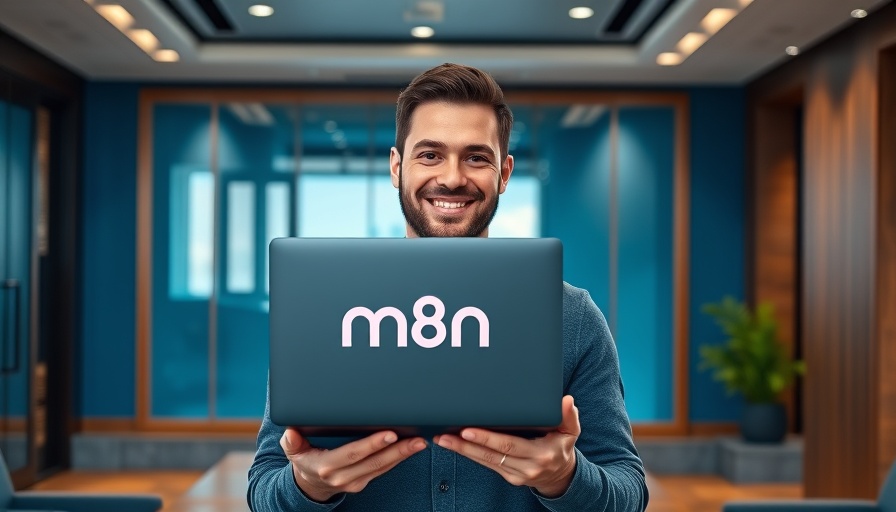
The Hidden Power of Community-Driven n8n Templates
As the world of automation continues to evolve, the use of tools like n8n has gained significant traction. This open-source automation tool allows users to connect various applications to streamline processes—an invaluable asset for both budding entrepreneurs and seasoned professionals alike. Yet, leveraging the full potential of n8n templates can be daunting, especially for beginners.
In 'How to Use Free n8n Templates Without Breaking Everything – Beginner Tutorial,' the discussion dives into maximizing the functionality of n8n templates, prompting an exploration of key insights that can benefit aspiring automation enthusiasts.
Unlocking a Library of Resources
At a glance, n8n boasts an impressive library of nearly 3,000 pre-made workflows available for users. These templates cater to a multitude of industries—from sales to marketing to engineering—inviting users into a world of effortless automation. However, many templates present unexpected challenges, often being outdated, partially functional, or in need of customization. For newcomers, the overwhelming choice can lead to frustration and confusion.
How to Navigate the Challenges
Understanding how to identify and troubleshoot issues within these templates is key. In the insightful video, "How to Use Free n8n Templates Without Breaking Everything – Beginner Tutorial," viewers learn critical skills for diagnosing and fixing common problems. Among these skills is recognizing that workflows may require different integrations and API setups. Beginners are shown simple procedures for modifying existing templates to better suit their needs, tapping into the vast potential of n8n.
Testing and Debugging for Success
One of the most valuable takeaways from the video is the importance of testing n8n workflows carefully. Monitoring functionality and identifying any errors as they arise strengthens users' confidence in their ability to operate these tools effectively. Beginners can access preliminary debugging resources, such as ChatGPT integrations, to streamline the process and identify obscure errors without endless trial and error. This not only saves time but also educates users about efficient practices in automation.
Building on Templates: The Power of Customization
For students and enthusiasts looking to deepen their understanding of automation, customization of n8n workflows is essential. By adapting existing templates or starting from scratch, users can create unique solutions tailored to their specific use cases. The ability to leverage AI and automation technology allows learners to enhance their skills, turning theoretical knowledge into practical applications.
Why Staying Educated is Key
As you explore the vast possibilities offered by n8n, staying engaged with educational resources is vital. Platforms like Futurepedia and its YouTube channel provide in-depth tutorials and expert insights tailored to learners interested in artificial intelligence and automation. Investing time in such resources allows you to stay at the forefront of technological advancements and innovations.
Concluding Thoughts: Embrace Automation
The landscape of automation tools such as n8n is continually changing, and with it, the opportunities for growth and enhancement. Whether you're a student eager to automate processes for personal projects or an educator wanting to implement practical tools in the classroom, understanding and utilizing n8n's templates is essential. Don't shy away from the challenge—embrace it!
If you're serious about advancing your knowledge, consider checking out Futurepedia’s resources today. Equip yourself with the skills to effectively use and understand AI applications for your projects.
 Add Row
Add Row  Add
Add 




Write A Comment